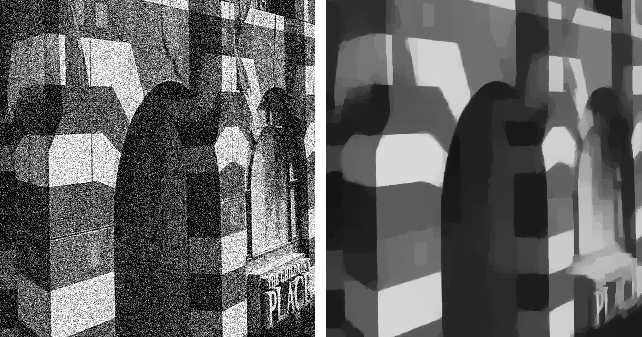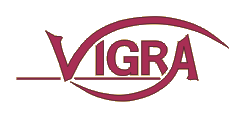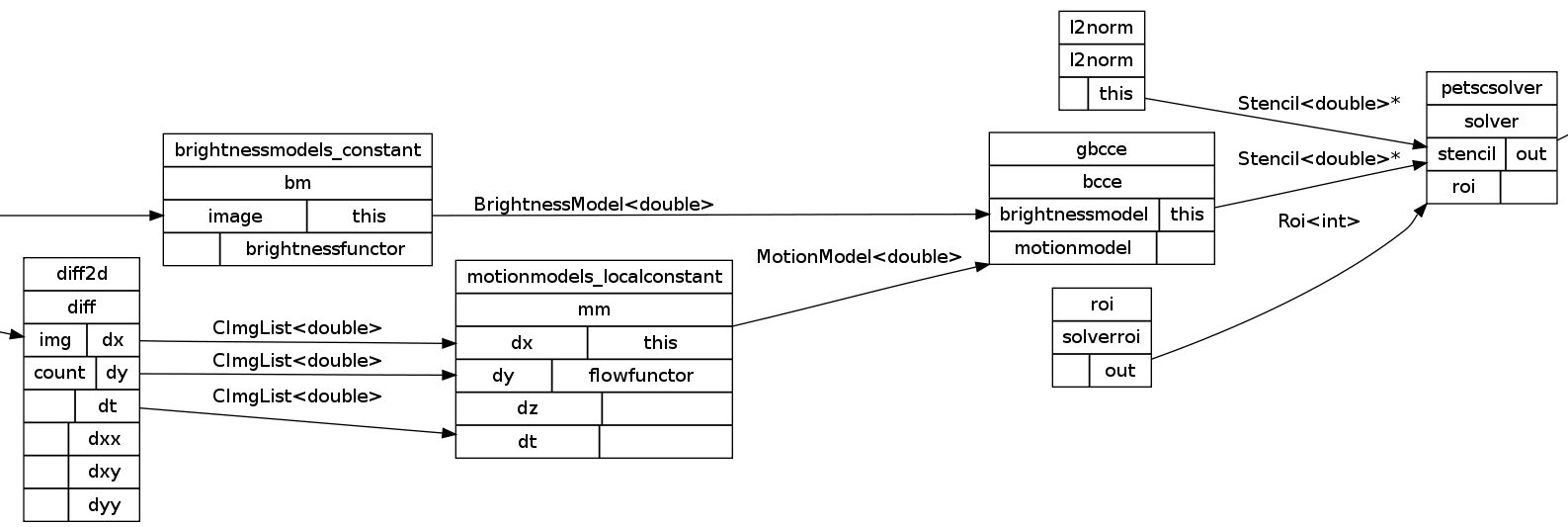The strategic concept of the HCI is built on the simple fact that basic problems in image processing are largely application-independent. The approximately 80 members working at the HCI conduct basic research with the aim of providing cutting-edge solutions to basic image analysis problems for applications in industry, environmental and life sciences.
The central research themes of the HCI are conducted by nine postdoctoral researches and include the following topics:- Area 1: Light Field & Ground Truth
- Area 2: Optimization in Image Analysis and Computer Vision
- Area 3: Learning
- Area 4: Reusable Software Modules
- Central Project 1: Algorithms for Low Cost Depth Imaging
- Central Project 2: Light Field Imaging and Analysis
Optimization in Image Analysis and Computer Vision
People:
Florian Becker (PostDoc), Frank Lenzen (PostDoc)
Abstract:
For a large variety of tasks in image processing and computer vision, variational methods have been developed and intensively studied. The advantage of using variational methods lies in the fact that requirements on the fidelity and regularity of the aimed result can be modeled mathematically in a profound way. The modeling process then results in a clearly formulated optimization problem. Various mathematical tools exist to prove existence and, depending on the modeled problem, uniqueness of a solution. From a practical point of view, theory of optimization provides a toolbox of numerical methods to determine a solution.
Adaptive Total Variation Regularization

For denoising images and signals, a prominent method is the total variation regularization based approach proposed by Rudin, Osher and Fatemi. In literature, several variants exists, in which the regularization is locally adapted to the image content in order to cope with locally varying noise or to improved the reconstruction of edges and corners. We generalize the approach by Rudin, Osher and Fatemi in a way that we allow the adaptivity of the regularization to explicitly depend on the solution of the optimization problem itself. more
Variational Recursive Joint Estimation of Dense Scene Structure and Camera Motion from Monocular Image Sequences

We investigate an approach to jointly estimating camera motion and dense scene structure in terms of depth maps from monocular image sequences in driver-assistance scenarios. We achieve a pronounced spatio-temporal filtering effect and robustness by formulating the approach in a recursive framework. more
Learning
People:
Bogdan Savchynskyy (PostDoc), Christoph Sommer(PhD Student)
Abstract:
Learning is one of the most important parts in almost any recognition framework. Although there are a lot of well-studied and well-functioning learning techniques, it contains a number of extremely complicated and yet not solved (or even not formulated properly) mathematical problems. This especially concerns the area of structural learning, where objects consisting of several interconnected parts are investigated. We are working on improving existing approaches and providing new ones to the structural learning framework.
Learning of Expert Performance, Contour Shapes and Graphical Model Parameters
We deal with two learning problems. The first one concerns a statistical method for assessing the error rates of experts in case of ground-truth absence. The second problem addresses a learning approach for graphical models in situations where an inference is hard. more
Convenient Learning
We focus on semi-automatic image analysis techniques which can be adapted to new tasks by a small amount of user input. To this end an interactive learning and segmentation user interface has been developed to facilitate fast and interactive exploration of images without the need of custom programming and image processing expertise. The main goal is to provide a software tool for interactive exploration and segmentation of image data covering a wide range of biomedical and industrial use cases. Offering effective classifiers, feature selection, and the support of up to three-dimensional multi-spectral data are major claims of this work. We enable the user to label objects of interest via an easy-to-use mouse interface. In addition, we remove the restriction to two classes (foreground and background) and allow for any number, as needed by the task at hand.
Reusable Software Modules
People:
Ullrich Köthe, Daniel Kondermann, Stefan Schmidt, Janis Fehr, Frank Lenzen (PostDocs); Jens Malte Gottfried (Master Student)
Abstract:
Sharing algorithms and their implementations is one of the main goals of the HCI. We are therefore putting considerable effort in the design and development of exchangeable C++ libraries and associated rapid prototyping tools. Functionality currently covers fundamental image analysis and segmentation methods, optimization and statistical inference, motion analysis and optical flow, and invariant feature detection. Future work will concentrate on further improvements of modularization and interoperability.
VIGRA

The Vigra library (Vision with Generic Algorithms) is becoming one of the central software platforms of the HCI. It provides a mature framework for a multitude of algorithms related to image analysis and machine learning. Algorithms are implemented in a generic way that makes them easily adaptable to various application contexts. The library currently provides a multitude of filter operations, if possible implemented for arbitrary high dimensions, feature detectors, segmentation algorithms, optimization methods, and classifiers for supervised learning. more
Charon

Charon is a framework of interoperable image analysis modules. The library defines a common module interface, manages data interchange, and controls the execution of the processing pipeline. There are many helper tools to simplify creation of modules, setup of processing pipelines and module configuration. We decided to implement each module as a shared library that is loaded dynamically during workflow execution. Many modules, currently mainly from the area of motion analysis and optical flow, are already available and usable out-of-the-box. more
ALGORITHMS FOR LOW COST DEPTH IMAGING
People
Joint project of the HCI PostDocs and the Garbe lab.
Funding
Intel Visual Computing Institute, HCI
Abstract

Intel Visual Computing Institute, HCI
Abstract

Very cheap (below 100 EUR) single view depth imaging cameras, i.e. Time of Fight cameras (ToF), are about to enter the mass consumer market While there has been a steadily increasing number of publications and startup companies which address the hardware design of such systems, currently only a few approaches are tackling the challenges of enhancement and analysis of the obtained 2.5D depth data. In general, the acquired images have a low spatial resolution and suffer from noise as well as technology specific artifacts. The goal of the proposed project is to provide algorithmic solutions to the entire ToF imaging pipeline, ranging from preprocessing to image understanding.
At the HCI, we foster the wide range of needed expertise - from the hardware side of ToF to image filtering, segmentation, image features, object recognition and benchmarking, which we are planing to pool in this project to make high impact algorithmic contributions to low cost depth imaging. more


